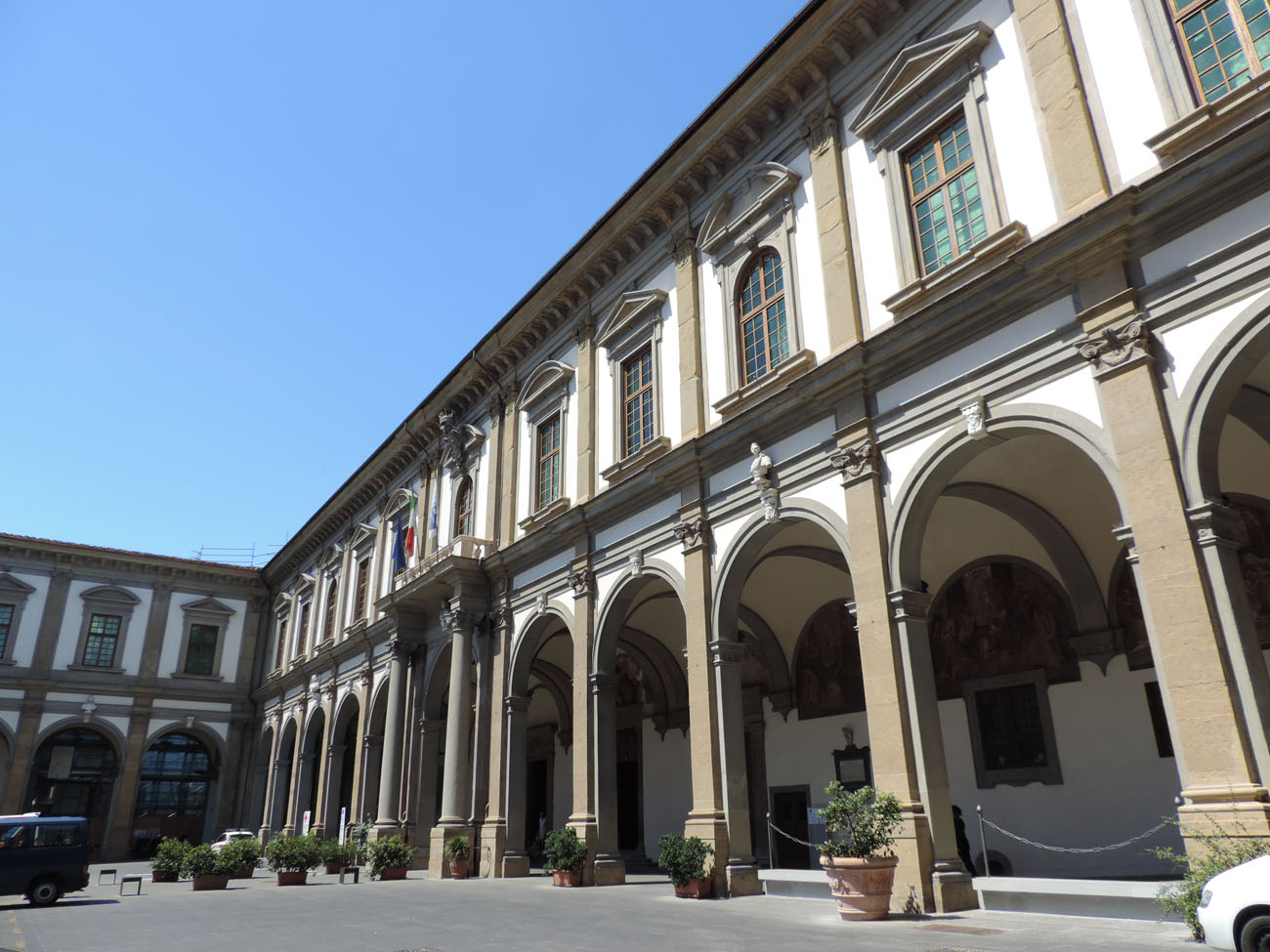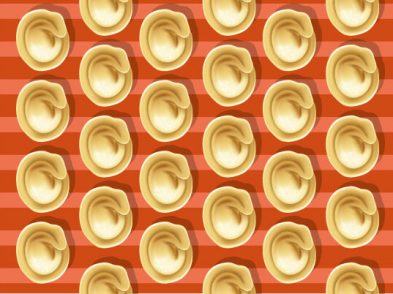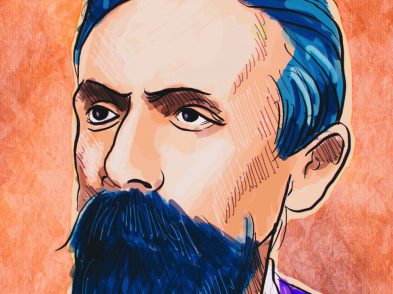A hospital is usually the last place you want to go to unless absolutely necessary. But in Florence, it’s different. In the middle of town there is a hospital that has been caring for tourists and residents over the last 700 years, never missing a single day, even during plagues, revolutions, wars or natural disasters: Santa Maria Nuova, in the piazza from which it takes its name. Today it is also a museum providing guided tours of its rich and unique art collection consisting of 730 paintings, frescoes, sculptures, furnishings, and ecclesiastical relics and objects by artists including Lorenzo Ghiberti, Andrea del Castagno, Andrea della Robbia, Giambologna and Leonardo da Vinci, who is also known to have performed at least two autopsies there for his anatomical studies, one of a 100-year-old man and the other of a 2-year-old child. Over time, many of these works were commissioned, donated or, in terrible times like during the black plague, bequeathed.
Merchant, banker and an astute businessman, Folco di Ricovero dei Portinari, perhaps more renowned as the father of Dante’s beloved Beatrice, founded Santa Maria Nuova Hospital in 1288. The idea for the hospital had been proposed by his children’s governess, Monna Tessa, who would devote her life to caring for the sick there. To do so, she established the Oblates, initially a group of wealthy, pious Florentine women who dedicated their services to God. Inspired by Saint Francis of Assisi, by 1301, the Oblates had become a religious order, with nuns still nursing at the hospital, although they no longer need to use the underground passage from their convent to the hospital to protect them from view.
Beginning with only ten beds for the poor and needy, for many years with several patients in each bed, the hospital developed quickly and, in 1330, it revised its statutes to become an authentic hospital rather than a charitable poorhouse or hospice. By 1347, it catered for 220 sick poor. Its reputation throughout Europe soon grew with patients such as Martin Luther, who was hospitalised there in 1510, singing its praises for its comfort (as he had the luxury of a private room), efficiency and cleanliness.
Over the centuries, the hospital complex of buildings expanded and its interior was adorned with opulent Christian imagery so that the sick could meditate and purify their souls as well as to testify to the institute’s wealth and the power of the spedelinghi, the directors of the hospital who were religious men from important families, somewhat like princes, appointed to the job for life and allowed to be buried there.
In the mid 1500s, architect Bernardo Buontalenti drew up the plans for a new ward for male patients. During the hospital’s latest restoration finished after a decade of work in 2014, a magnificent, long-concealed chapel attributed to Buontalenti was discovered with restoration of the frescoes by Alessandro Allori and the statues by Giambologna financed by the Fondazione Cassa di Risparmio di Firenze nearing completion.
The hospital wards developed in the shape of a cross with the long arm for male patients and the shorter for females. The internal courtyards gradually evolved to include the Medicherie (Medication) and the Ossa (Bones) cloisters, the former added in 1420 and the latter, the site of the cemetery of the Sant’ Egidio church. Built on very old foundations, part of a Romanesque monastery that once stood there, the Sant’ Egidio church was incorporated into the hospital buildings by Portinari. Reconstructed by the spedalingo Michele di Fruosino da Panzano, based on plans drawn up by Lorenzo di Bicci, it was reconsecrated in 1419 by Pope Martin V. Its current appearance is thanks to the improvements made to the hospital by Bernardo Buontalenti. Still holding religious services daily, annexed to the church and looking down into it is a matroneo (women’s gallery), once reserved for the Oblate nuns.
In 1617, Cosimo II de’ Medici (1590–21), Grand Duke of Tuscany, took over the hospital from the Portinari family and in the coming years a new women’s hospital was built, and in 1688 a pioneering “madhouse”, or psychiatric ward for poor, demented men thought to be possessed by Satan, was added to the hospital. Around the same time the front porticoes were constructed. Grand Duke Peter Leopold of Habsburg-Lorraine (1747–92) introduced enlightened reforms to radically overhaul the entire Tuscan health system. During the Napoleonic occupation (1799–1814) and later after Italy’s unification, the hospital suffered financial cutbacks until during the 1920s and ‘30s when many of its teaching activities, which had began with the establishment of the School of Surgery by Grand Duke Ferdinando I de’ Medici (1549–1609), were transferred along with some of its specialisations to the newer and bigger Careggi Hospital, on the outskirts of the city. Nonetheless, thankfully, the Santa Maria Nuova Hospital continues its work as a hub for all medical needs and emergencies in the heart of Florence.
To visit the Santa Maria Nuova Hospital Museum book at Exclusive Connection (055 2001586) from Monday to Friday, 9am–1pm and 2–6 pm, or on Saturdays from 9am–1pm, or email info@exclusiveconnection.it.
VOLUNTEERS NEEDED!
AVO (Association of Hospital Volunteers) operates at Santa Maria Nuova as well as seven other hospitals and eight nursing homes in the Florence area. Twice a year in March and October the association holds training sessions with doctors, nurses and psychologists – the commitment starts at 3 hours a week. The next training session starts on October 2, 2017 and you can register starting September 12 at AVO, via Carducci, 8, tel. 055 234-4567, 10am-6pm. Email avofirenze@libero.it or visit the website.









